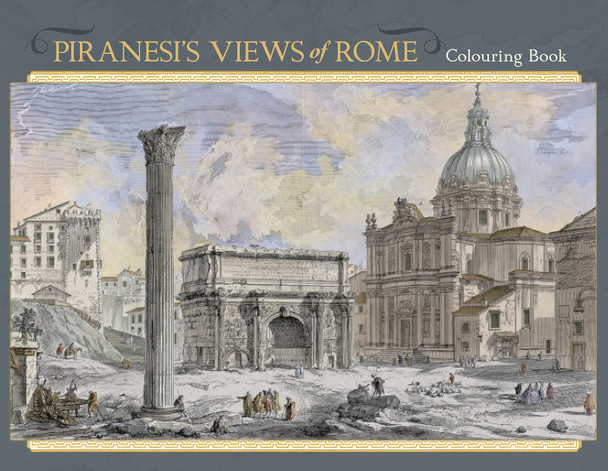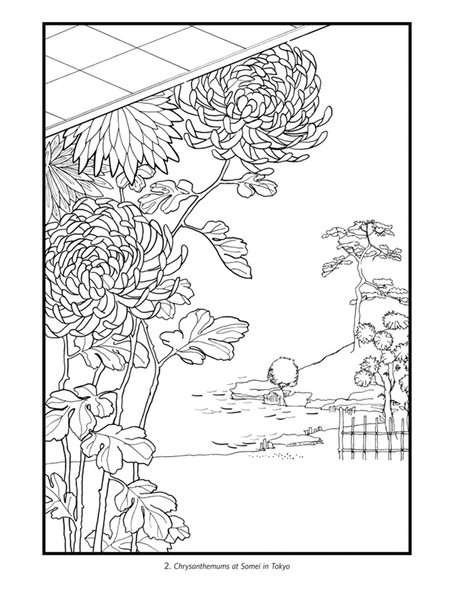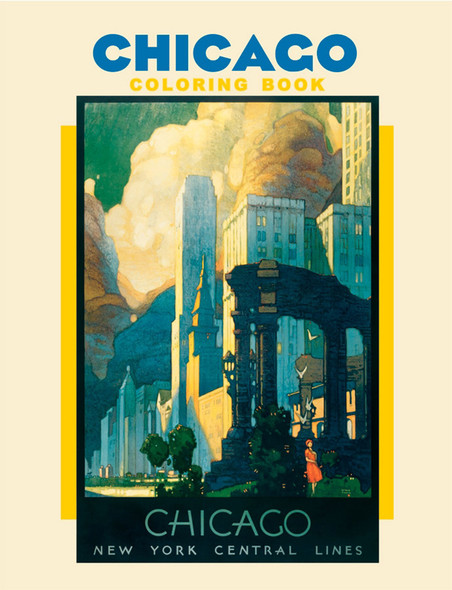Description
Eighteenth-century Venetian etcher Giovanni Battista Piranesi thought of himself as an architect. Piranesison of a stonemason, nephew of an engineer, and brother of a Carthusian monkstudied stage design and perspective. As a young man he moved to Rome, apprenticed to etcher Giuseppe Vasi, and began making a living through his etchings of the city's ruins and other structures. These were, essentially, souvenirs for well-heeled tourists. Though he struggled to work as an architect, his knowledge of and facility with the subject lent authority to his art. Piranesi's works were dramatic, some more fantasy than reality (he famously produced a series of etchings imagining elaborate prison interiors). Those new to Rome in his time would have found a city different than the one represented in his Vedute de Roma, or Views of Rome, which made creative use of composition and lighting. He produced more than one thousand etchings in his lifetime, with Vedute his best-known artistic achievement. He spent more than thirty years producing its 135 original plates, working until his death in 1778. Ten years later, his son Francesco added two plates of his own (one is included here). Francesco continued to sell and publish his father's works for decades, furthering their popularity throughout Europe.
















